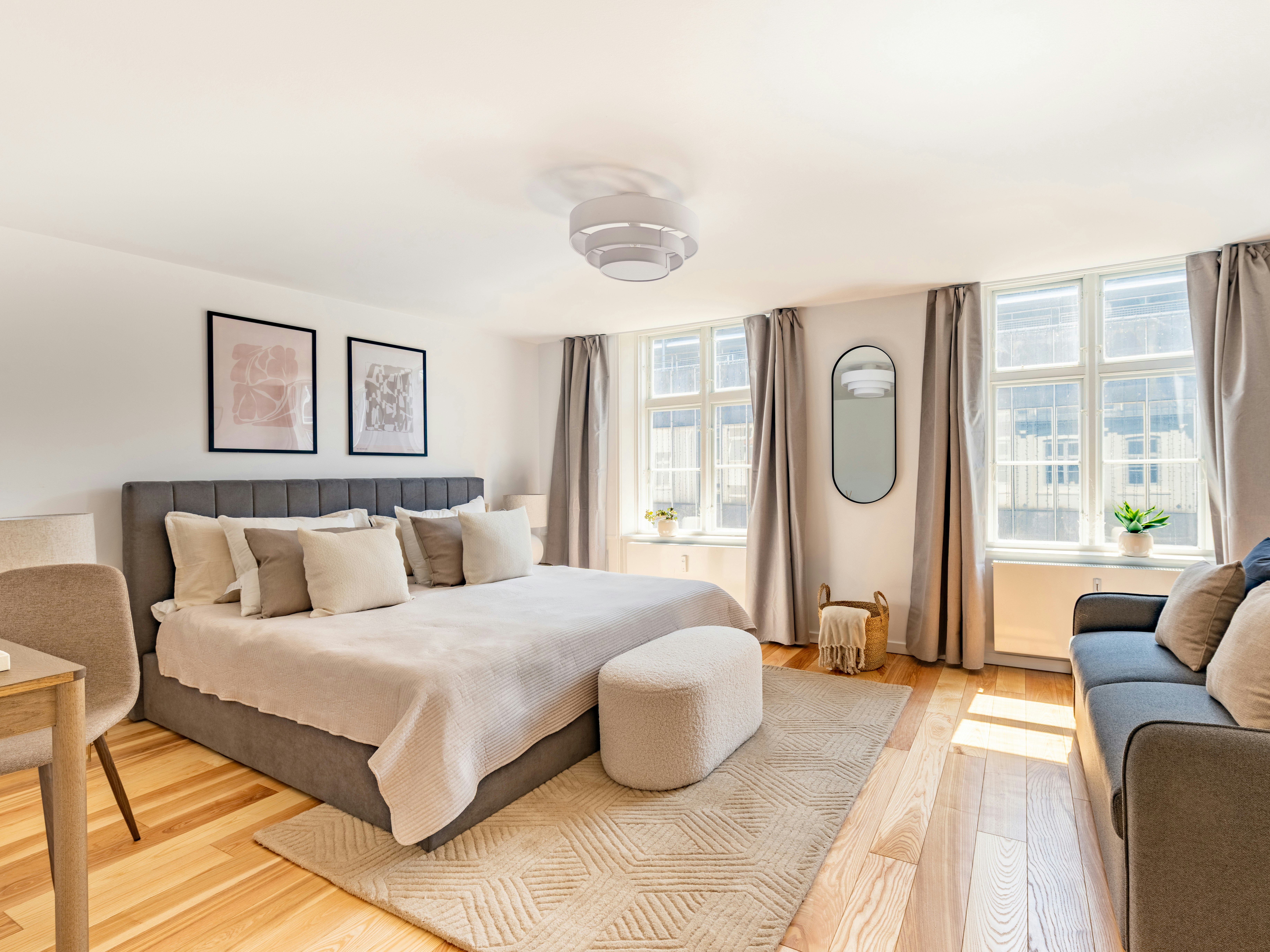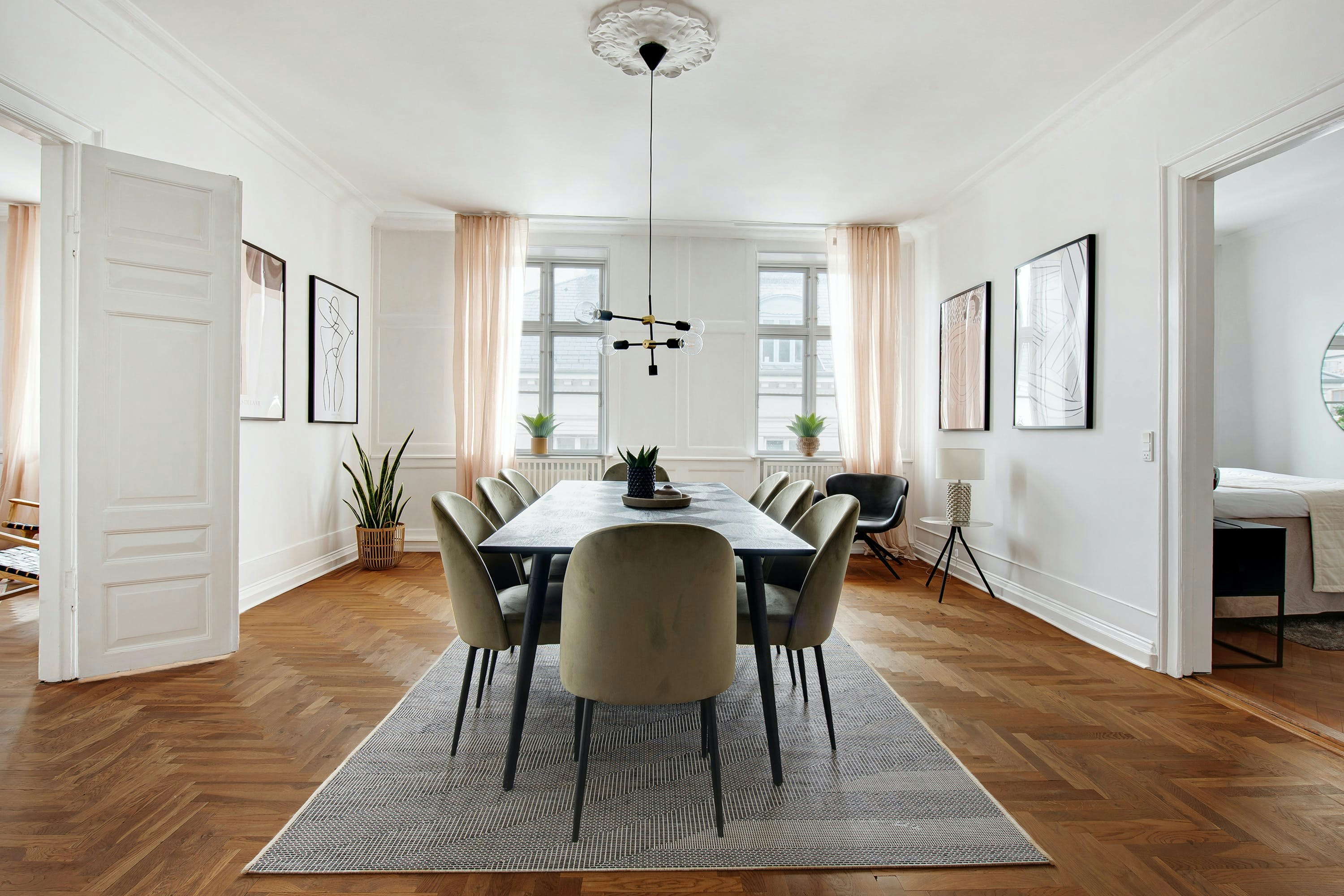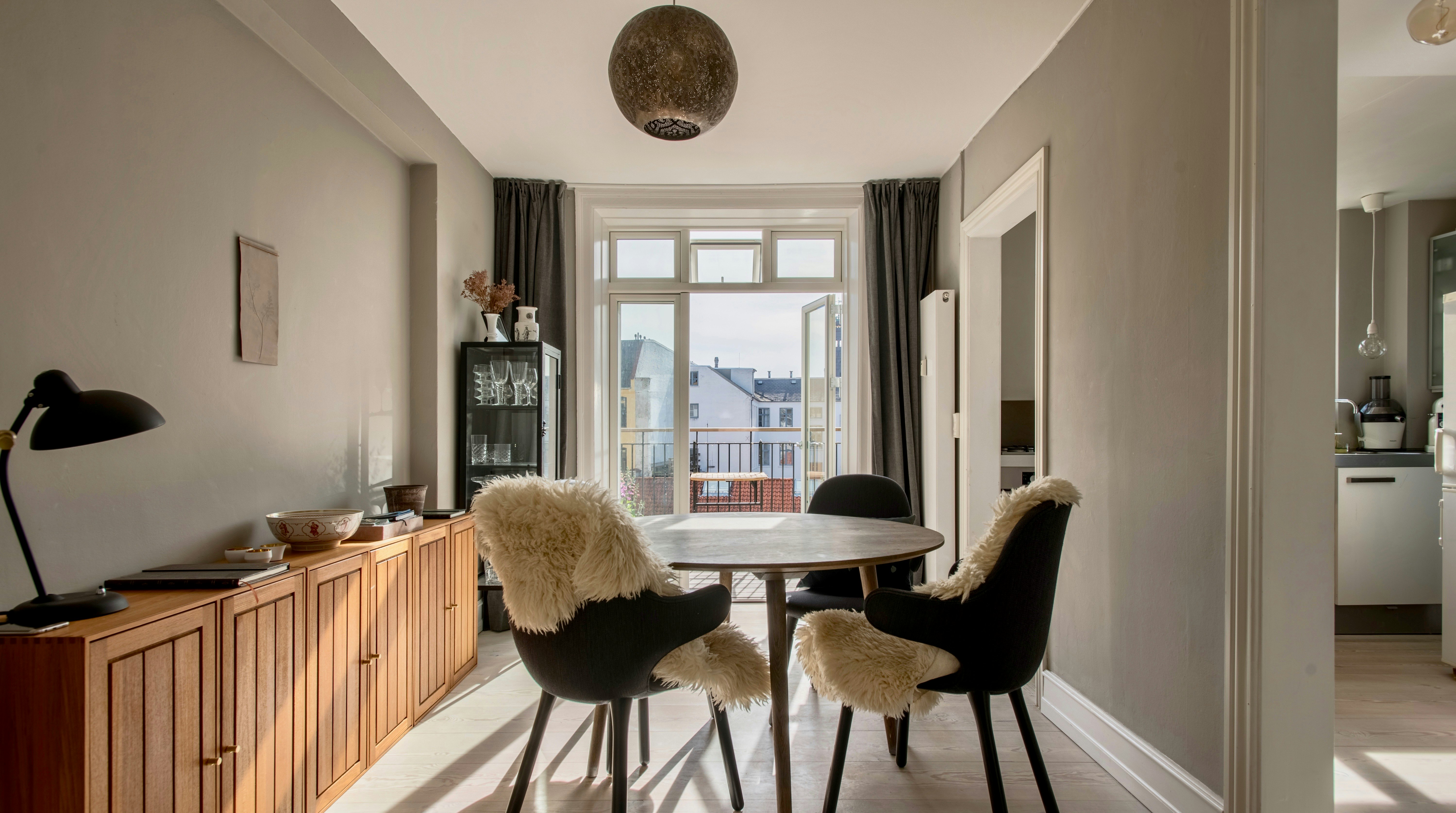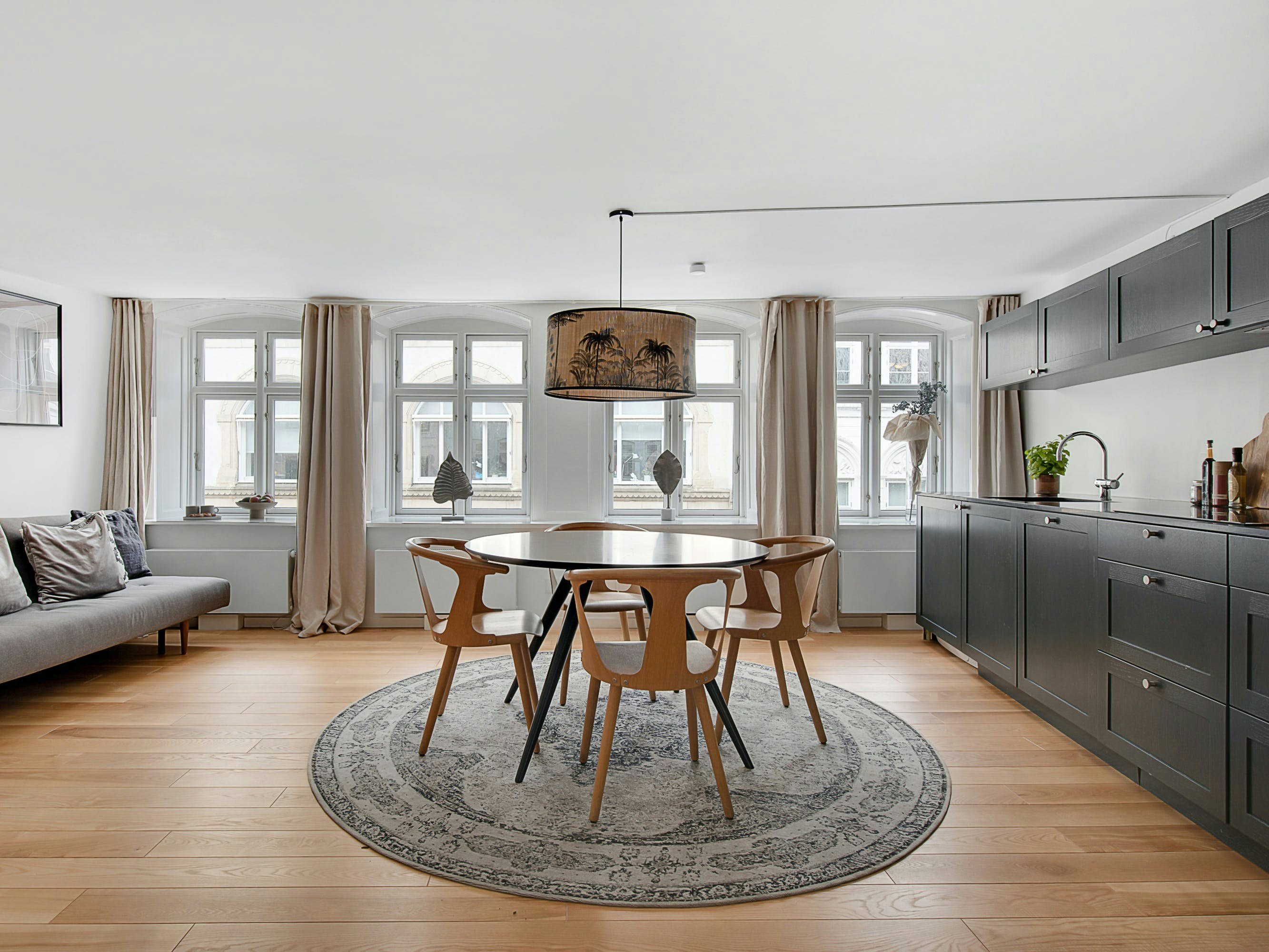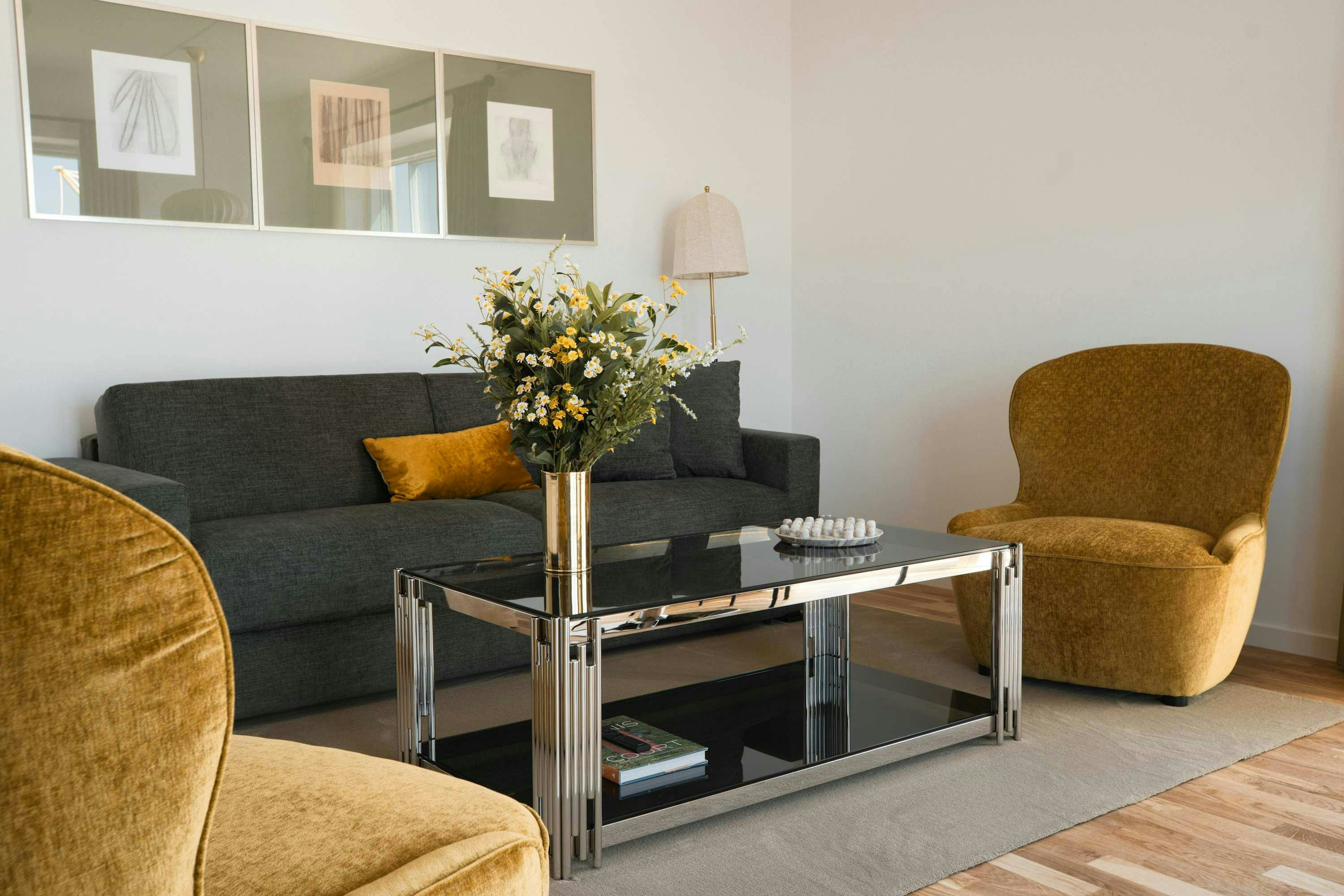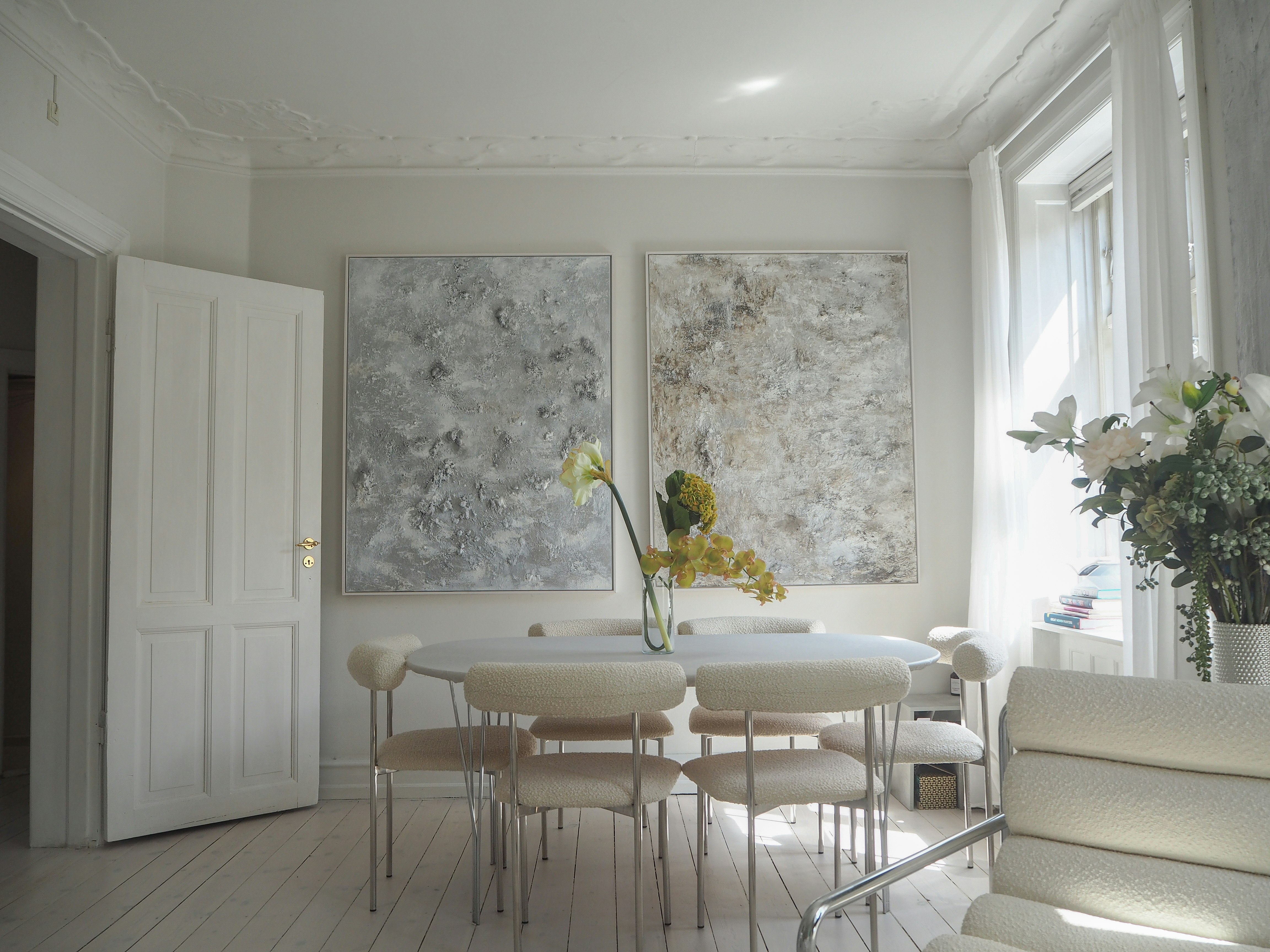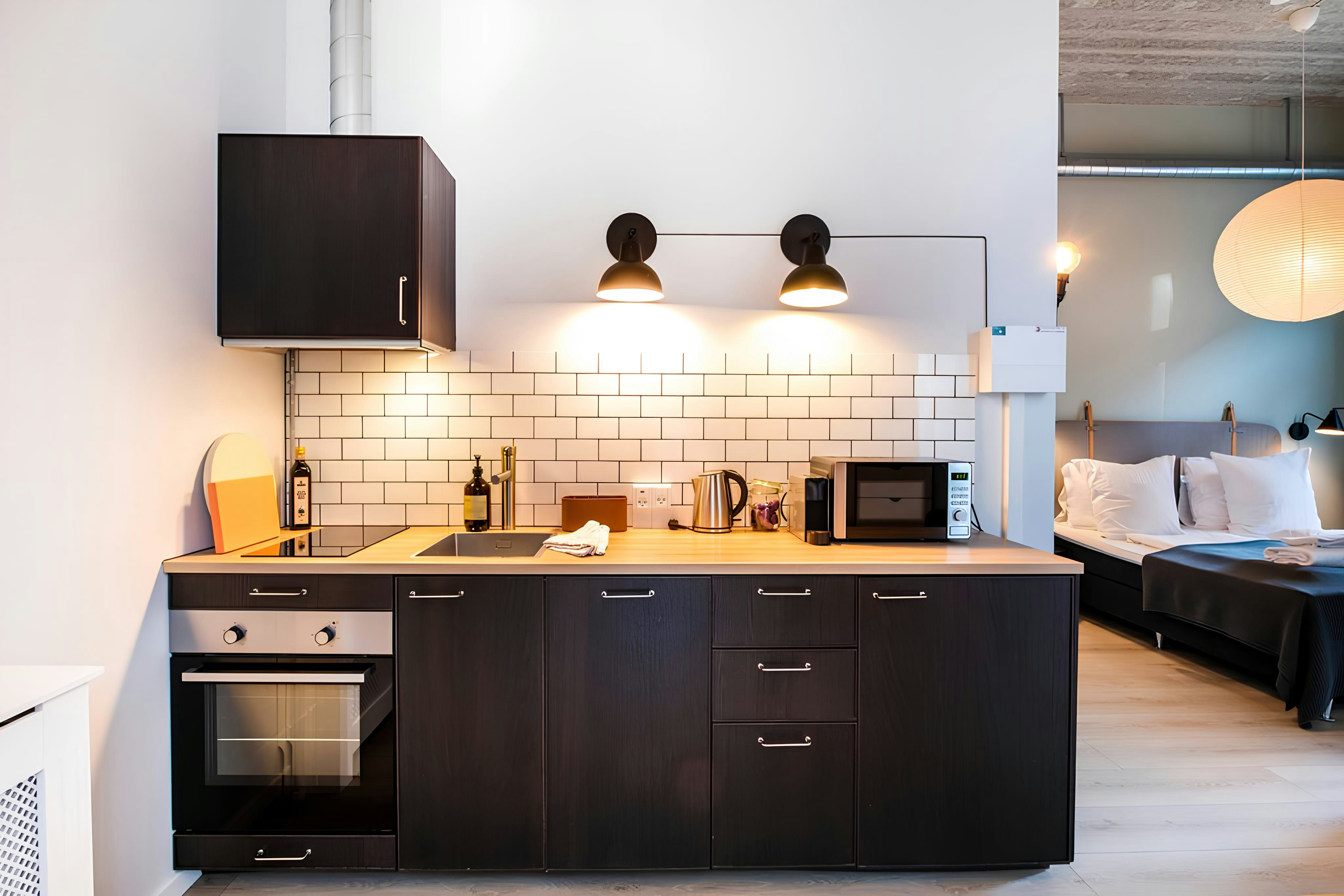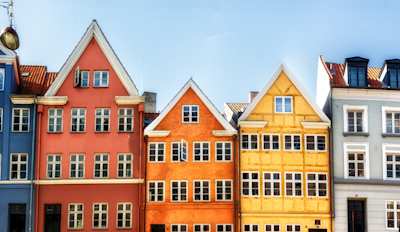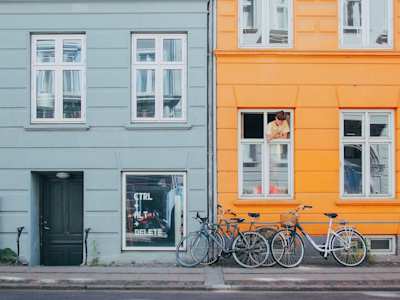Moving to Copenhagen: 7 Things to Consider First
What's it really like to live in one of the world's happiest cities?
~
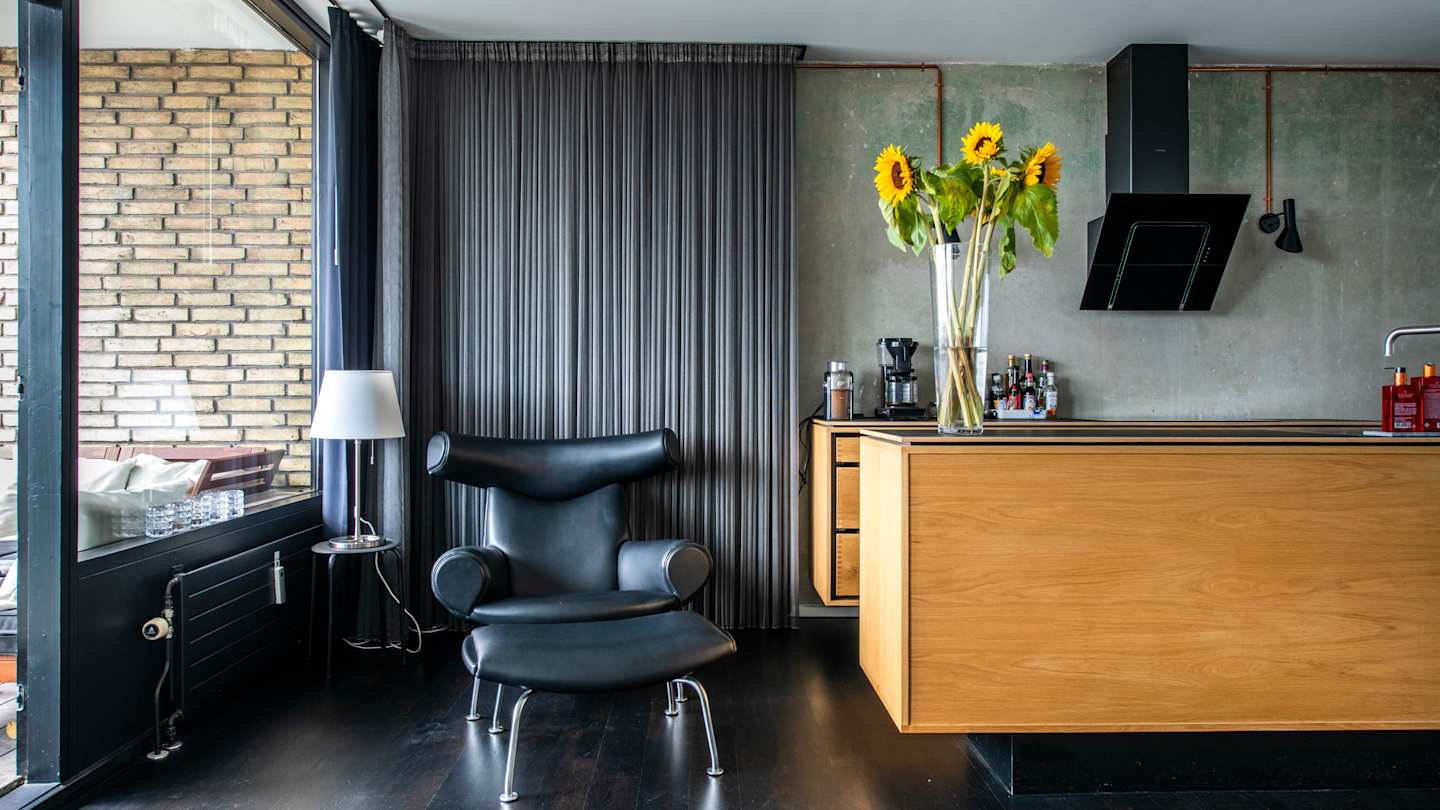
In 2015, passengers arriving at Copenhagen Airport were greeted with a huge green sign that read: “Welcome to the world’s happiest nation, that calls for a Carlsberg.” Α nice bait for first-time visitors but for those returning to Denmark, it was the second part of the phrase that spoke to their hearts. In hindsight, it would take a little more than a Carlsberg to get what's so happy about Denmark. If you’re thinking of moving to Copenhagen for studies, work or because you have fallen for a Dane, we have both good and bad news for you. Copenhagen is a great city to live in – but it isn’t for everyone. Full disclosure: we’ve been living here since 2012 so the honeymoon period is over for us. Read on for our expert Plum Guide opinion on the Danish capital.
Neighbourhoods in Copenhagen
Vesterbro
Nørrebro
Frederiksberg
Valby
Christianshavn
Ørestad
Brønshøj
Nyhavn
Nordvest
Sydhavnen
Amager
Vanløse
See Plum Guide homes in Copenhagen
Strongly consider buying a bike

Cycling, Copenhagen, Denmark
If you’re wondering why 'bike’ tops ‘accommodation’ on a list about relocation, you probably haven’t done your homework. We’ll let the numbers speak for us. Cycling accounts for 49% of commuting in the "world's most bike-friendly city" with 9 out of 10 Danes owning a bike. Around 700,000 bikers whizz through Copenhagen every day, making Tour de France look like amateur hour. If you're still not convinced, you'll learn the hard way. In the odd case your Danish colleagues invite you to an after-work drink (or rather a dozen), you'll see them gear up and ride off into a blizzard before you even shut down your PC. Congratulations. You just missed your only chance to socialise this semester.
Adapt to Copenhagen's work-leisure balance

Frederik's Church, Copenhagen, Denmark
Danes have been named the top nation when it comes to work-leisure balance. According to OECD, full-time workers in Denmark devote on average or 15.9 hours of their day to hygge personal care and to leisure activities such as gazing out their rainy windows socializing with friends and family. The excellent working conditions apply for locals and foreigners alike and the salaries are equally generous. Citizens of Switzerland, Nordic countries, and EU/EEA countries do not need to secure a work permit before moving to Denmark. Those coming from the rest of the world can still get a working permit as long as they have found a job position beforehand or if they get the Green Card scheme which allows them to look for a job three years after their arrival in Denmark.
Browse Indre By homes on Plum Guide
Danish business culture is different
Copenhagen may have an unofficial dress code which requires wearing black and white minimalist clothes, but most Danish companies don’t. At work, Danes avoid formal communication, if not communication altogether. And the official 37 hours of work per week is, in fact, less. Time to spill the beans. Danes aren’t very social with each other. Let alone with foreigners that don’t speak the language. Even though every morning your colleagues will be greeting you (in Danish) with a hint of a smile, chances are you’ll be spending your daily one-hour lunch break on your own.
Find the perfect accommodation in Copenhagen
Do you think you’re unbeatable in hard house-hunting? A Dane chuckles behind their tiny desk in their shared, semi-detached apartment. Finding a house in Copenhagen is more than a challenge regardless of your budget. After a few weeks of intensive searching, you’ll start to believe that the elegant Scandinavian-design houses are a marketing trick to allure innocent foreigners moving to Copenhagen. They're not. All you need is to find the right one and persuade the landlord to sign a contract. In areas outside the city centre, you’ll find large single-family homes at lower prices. Most of them have gardens, which you’ll be able to enjoy for a good 10 days a year, weather permitting. Use these days wisely and take a tonne of photos to fool your friends back home. We recommend you check out Frederiksberg, the city’s leafy neighbourhood, which is just one of the places that helps make Copenhagen one of the best places to visit in Denmark.
Looking for somewhere to stay on your trip to Copenhagen? Unlike other platforms, Plum Guide carefully selects and vets every home in our collection, allowing you book with confidence.
Explore Plum Guide homes in Frederiksberg
Speaking Danish will give you an advantage
Copenhageners of all ages and backgrounds can perfectly communicate in English. However, that won’t save you from having to learn Danish. If you want to stand a chance of being integrated into a society that isn’t exactly famous for welcoming newcomers, speaking Danish is essential. Plus, classes are offered for free to foreigners. Courtesy of the Danish government. Lucky you.
Learn how to spend your money

Nyhavn, Copenhagen, Denmark
Coins are practically useless in Copenhagen. They could be easily withdrawn and you would never notice. Compared to other Scandinavian countries, life in Denmark is cheaper. Still, though, a full purse is a prerequisite to have an average daily life. Housing is very expensive, and transportation too. And now you know why Copenhagen became the "world's most bike-friendly city." Grocery shopping isn’t cheap either but you can find alternatives that don’t include starving. Clothing and personal care are high-priced (but they’re totally worth it). Add two yoga sessions to your weekly schedule and you’re ready to start looking for a second job.
Get familiar with the Danish education system
Your boss blackmailed you into moving to Copenhagen or, if you prefer, you’re preparing for a “corporate relocation.” That means your kids will have a face as long as Scandinavian winter. Luckily for you, public schooling begins at the age of six and children up to the age of 16 are also eligible for attending a “reception class” beforehand. Someone will have to teach them how to eat leverpostej and talk way too loudly if they are to fit in with the rest of the class. No fees required. Unless of course you’re planning on sending them to an international school (with the hope they hold on to some social skills before graduating.)
Check out our family-friendly homes in Copenhagen
Stay in Copenhagen's finest homes with Plum Guide
Here at Plum Guide, we’re doing things a bit differently than other platforms. We want to make it easy for our guests to book their holidays with confidence. That means expert-vetted homes, total transparency, top-notch service, and rigorous checks to ensure quality is always of the highest standard.
